This article was co-authored by Heather Richmond, MD. Dr. Heather Richmond, MD is a board certified Dermatologist at Dermatology and Laser Surgery Center in Houston, Texas. With over nine years of experience, Dr. Richmond specializes in comprehensive dermatology including medical, surgical, and cosmetic procedures. She graduated cum laude from Yale University with a BA in Molecular, Cellular, and Developmental Biology. She earned her MD from the University of California, Irvine School of Medicine, where she was inducted into the Alpha Omega Alpha Honor Medical Society. She completed her Internal Medicine internship at Cedars-Sinai Medical Center and her Dermatology residency at The University of Texas MD Anderson Cancer Center in Houston. Dr. Richmond is a fellow of the American Academy of Dermatology and is a member of the American Society for Dermatologic Surgery, American Society for Laser Medicine and Surgery, and the Texas and Houston Dermatological Societies.
There are 10 references cited in this article, which can be found at the bottom of the page.
This article has been viewed 251,945 times.
Ingrown hairs can leave behind some severe looking scars, which may cause some people to feel self-conscious. Although the appearance of most scars will improve over time, there are several things that you can do to minimize the appearance of ingrown hair scars. If your scars do not seem to improve after a few months, then make sure that you see a dermatologist.
Steps
Using Natural Remedies
-
1Apply lemon juice to lighten darker scars. Ingrown hairs may sometimes cause skin to look darker. Vitamin C is essential for normal wound healing and it also has mild bleaching properties, so applying lemon juice may help to improve the look of your ingrown hair scars.[1]
- To use lemon juice, soak a cotton ball or Q-tip in lemon juice and apply the juice to the scar. Let the lemon juice dry on the scar and then rinse the scar with some warm water. Repeat this process once per day.
-
2Use aloe vera gel. Ingrown hairs can tighten up skin tissue due to the inflammation that they cause. You can massage aloe vera gel into your ingrown hair scars to help soften the tissue. Aloe vera has been shown to help with burn scars, but it may also be helpful for scars caused by ingrown hairs. Aloe vera reduces inflammation, especially in the early stages of scar formation. Aloe vera may also help to increase the elasticity of new tissue.[2]
- To use aloe vera, use your fingers to apply a thin layer of fresh aloe or pure aloe vera gel to a scar. Leave the gel on the scar and allow it to dry.
Advertisement -
3Hold a green tea bag on scars. Green tea may also help to get rid of ingrown hair scars when applied to your skin. Green tea has antioxidant properties, which may promote healing of tissues and reduce the appearance of scars.[3] [4]
- To use a green tea bag, steep a bag of organic green tea in hot water for about three minutes. Then, remove the tea bag from the water and gently squeeze out the excess water. Place the tea bag directly on the ingrown hair scar and hold it there. You can repeat this process three to four times per day for 10 – 15 minutes.
- As an alternative, you can also soak a cotton towel in green tea and use it as a compress. Squeeze out the excess tea and place it over ingrown hair scars for 10 – 15 minutes, three to four times per day.
-
4Try lavender essential oil. Lavender essential oil may also help ingrown hair scars heal. Lavender oil seems to have anti-inflammatory properties that may promote scar healing.[5]
- To use lavender oil, place two to three drops of lavender oil in two tablespoons of castor oil and massage the oil into your ingrown hair scars. Repeat this process three to four times per day.
-
5Consider St John’s wort oil. St. John’s wort oil has been shown to be effective as a treatment for healing cesarean section scars, so it might be helpful for other scars, including ingrown hair scars.[6]
- To use St. John’s Wort oil, mix a few drops of St. John’s wort oil with two tablespoons of castor oil. Then, massage the oil into your ingrown hair scars. Repeat this process three to four times daily.
Using Conventional Treatments
-
1Apply cortisone cream to red ingrown hair scars. New ingrown hair scars often have a red appearance, which is due to inflammation. Cortisone creams can reduce the redness of a new ingrown hair scar by reducing inflammation. You can purchase cortisone cream without a prescription.[7]
- Make sure that you read and follow the package instructions for use. Check with your dermatologist if you are unsure about how much or how often to use the cream.
- Do not use cortisone cream on broken skin. Make sure that the ingrown hair has completely healed before using cortisone cream.
- These types of ingrown hairs are usually are result of shaving. Make sure you use a lubricant when shaving. These lesions are often known as “razor bumps” or “shave bumps.”
-
2Try a natural lightening cream. Ingrown hair scars can cause a dark-colored scar and lightening creams can help to reduce this darkness. Talk to your doctor before you start using a lightening cream and only purchase lightening creams that contain natural lightening agents. Avoid products that include hydroquinone because this product has a carcinogenic effect and it can also irritate your skin. Look for a lightening cream that contains one of the following ingredients instead:[8]
- Kojic acid (derived from mushrooms)
- Arbutin (sometimes listed as bearberry extract)
- Vitamin C
-
3Leave ingrown hair scars and ingrown hairs alone. Picking at ingrown hair scars (or ingrown hairs) can lead to irritation, infection, and an increased risk of scarring. To minimize these risks, do not pick, pop, or squeeze any ingrown hair scars or ingrown hairs. Allow them to heal on their own.[9]
- If you are concerned about the look of an ingrown hair scar or ingrown hair, then make an appointment to see your dermatologist. Also check out this article How to Remove and Ingrown Hair.
-
4Limit sun exposure and always wear sunscreen. Too much sun exposure can cause scars to darken and it can also slow down healing, so try not to spend much time in the sun. If you must be outside, protect your skin with an SPF 30 sunscreen and a wide-brimmed hat.[10]
- The sun is most powerful between the hours of 10am and 4pm. Try not to go outside at all during these hours.
Getting Help for Scars
-
1Schedule an appointment with a dermatologist. If your ingrown hair scars are severe or if they do not respond to treatment, then you should make an appointment to see a dermatologist.[11] A dermatologist can examine your ingrown hair scars and determine the best treatment options for you.
- Your doctor may recommend treatment like injectable steroids or a chemical exfoliant to heal scars.[12]
-
2Book an appointment for a laser filler treatment. If your ingrown hair scars do not respond to natural remedies and over-the-counter treatments, then you may want to look into laser filler treatments. A few treatment sessions with a fractionated laser can help to even out the surface of your skin and encourage collagen production, which will help fill in any pitted areas. Other types of laser and filler treatments include:[13]
- Ablative lasers. This type of laser treatment will flatten and smooth the surface of your skin.
- Non-ablative lasers. This type of laser treatment will leave the surface of your skin as it is, but they will encourage collagen growth to help improve the appearance of your skin.
- Filler injections. You can also get injections of collagen in conjunction with a laser treatment to help improve the appearance of scars, but you will need to repeat these injections every four to six months to maintain the results.
-
3Ask about Radix Arnebiae. Radix Arnebiae has been used in Traditional Chinese Medicine (TCM) for centuries to help reduce scarring. Radix Arnebiae is also called Zi Cao and Lithospermum erythrorhizon and it is characterized as a heat and toxin releaser in Traditional Chinese Medicine. This herb may help to reduce the numbers and functions of scar-forming cells.[14]
- You will need to find a Traditional Chinese Medicine practitioner to get this herb.
Expert Q&A
Did you know you can get expert answers for this article?
Unlock expert answers by supporting wikiHow
-
QuestionHow can I lighten very dark ingrown hair scars?
 Heather Richmond, MDDr. Heather Richmond, MD is a board certified Dermatologist at Dermatology and Laser Surgery Center in Houston, Texas. With over nine years of experience, Dr. Richmond specializes in comprehensive dermatology including medical, surgical, and cosmetic procedures. She graduated cum laude from Yale University with a BA in Molecular, Cellular, and Developmental Biology. She earned her MD from the University of California, Irvine School of Medicine, where she was inducted into the Alpha Omega Alpha Honor Medical Society. She completed her Internal Medicine internship at Cedars-Sinai Medical Center and her Dermatology residency at The University of Texas MD Anderson Cancer Center in Houston. Dr. Richmond is a fellow of the American Academy of Dermatology and is a member of the American Society for Dermatologic Surgery, American Society for Laser Medicine and Surgery, and the Texas and Houston Dermatological Societies.
Heather Richmond, MDDr. Heather Richmond, MD is a board certified Dermatologist at Dermatology and Laser Surgery Center in Houston, Texas. With over nine years of experience, Dr. Richmond specializes in comprehensive dermatology including medical, surgical, and cosmetic procedures. She graduated cum laude from Yale University with a BA in Molecular, Cellular, and Developmental Biology. She earned her MD from the University of California, Irvine School of Medicine, where she was inducted into the Alpha Omega Alpha Honor Medical Society. She completed her Internal Medicine internship at Cedars-Sinai Medical Center and her Dermatology residency at The University of Texas MD Anderson Cancer Center in Houston. Dr. Richmond is a fellow of the American Academy of Dermatology and is a member of the American Society for Dermatologic Surgery, American Society for Laser Medicine and Surgery, and the Texas and Houston Dermatological Societies.
Board Certified Dermatologist
References
- ↑ http://www.ncbi.nlm.nih.gov/pubmed/24796079
- ↑ http://www.ncbi.nlm.nih.gov/pubmed/25003428
- ↑ http://www.ncbi.nlm.nih.gov/pmc/articles/PMC4506744/
- ↑ https://www.researchgate.net/publication/258044079_Skin_Photoaging_and_the_Role_of_Antioxidants_in_Its_Prevention
- ↑ http://www.ncbi.nlm.nih.gov/pmc/articles/PMC3686082/
- ↑ http://www.ncbi.nlm.nih.gov/pubmed/20064022
- ↑ http://www.webmd.com/skin-problems-and-treatments/acne/features/acne-scars
- ↑ http://www.webmd.com/skin-problems-and-treatments/acne/features/acne-scars
- ↑ http://www.webmd.com/skin-problems-and-treatments/acne/features/acne-scars?page=2
- ↑ http://www.webmd.com/skin-problems-and-treatments/acne/features/acne-scars?page=2
- ↑ Heather Richmond, MD. Board Certified Dermatologist. Expert Interview. 15 September 2020.
- ↑ Heather Richmond, MD. Board Certified Dermatologist. Expert Interview. 15 September 2020.
- ↑ http://www.webmd.com/skin-problems-and-treatments/acne/features/acne-scars
- ↑ http://www.ncbi.nlm.nih.gov/pubmed/25591861
- ↑ Heather Richmond, MD. Board Certified Dermatologist. Expert Interview. 15 September 2020.
- ↑ http://www.webmd.com/skin-problems-and-treatments/acne/features/acne-scars
About This Article
To get rid of ingrown hair scars naturally, soak a cotton ball in lemon juice and apply it directly to the scar once a day, which can lighten dark marks. Alternatively, you can use your fingers to apply aloe vera or lavender oil to the scar, which may help scars heal faster. To reduce the appearance of scars with green tea, steep a tea bag in hot water for 3 minutes, squeeze out the excess water, and hold it on the scar for 10 to 15 minutes, 3 to 4 times a day. For more tips on how to get rid of scars from our Medical reviewer, like why you should avoid the sun when treating scars, read on!

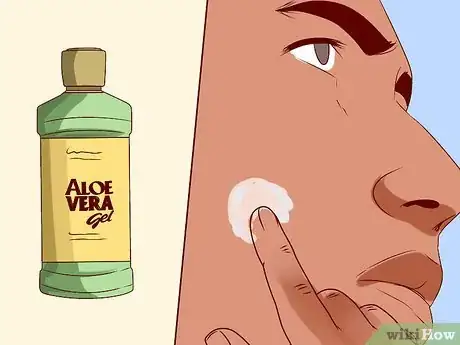
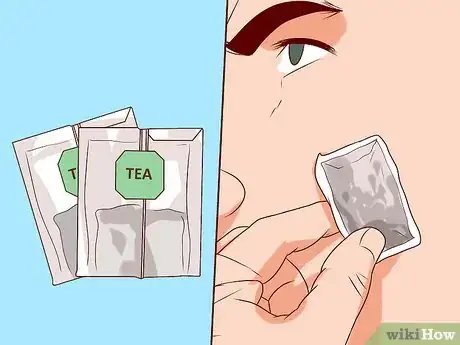
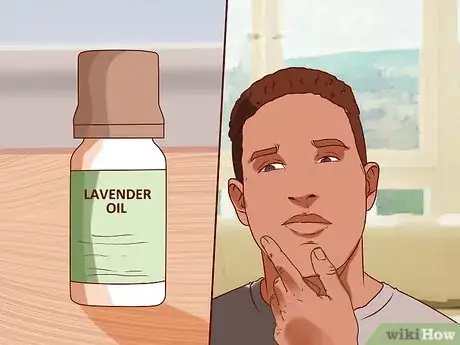

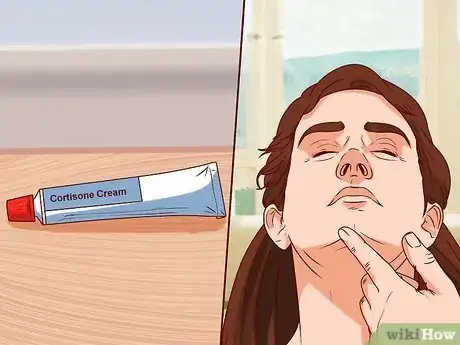
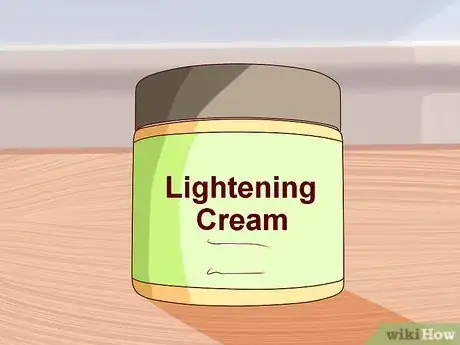
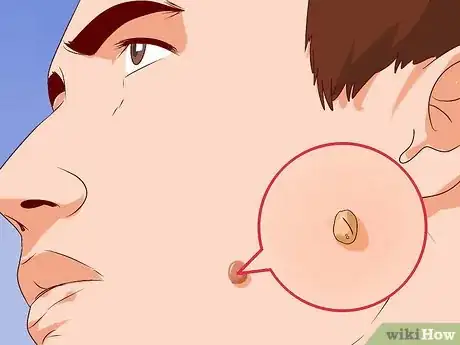




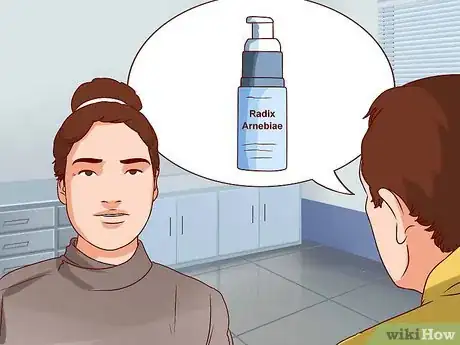
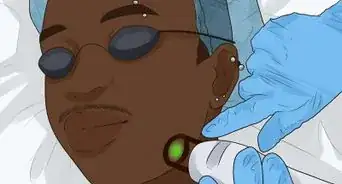
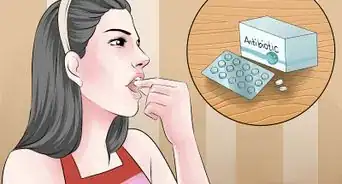
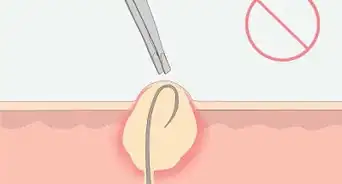
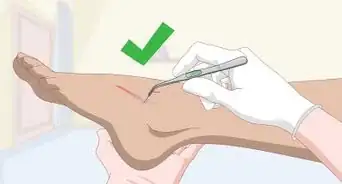
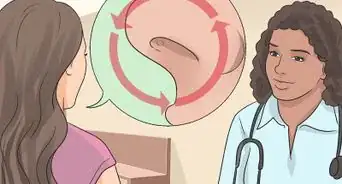
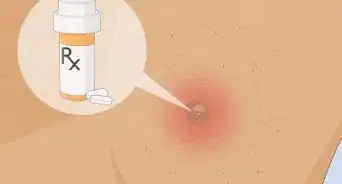
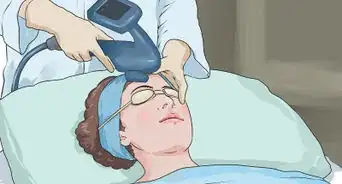
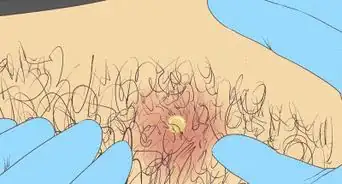
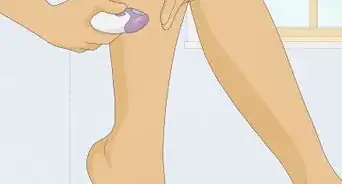
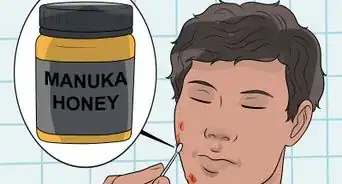

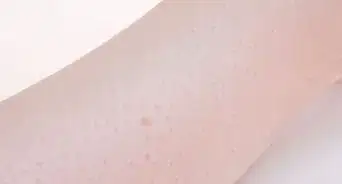
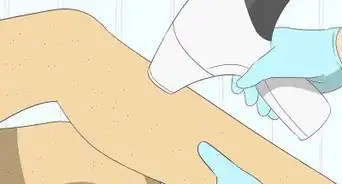
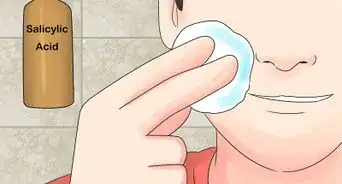







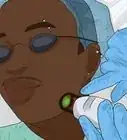
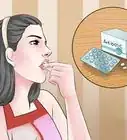
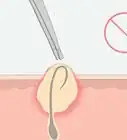
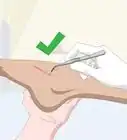



































Medical Disclaimer
The content of this article is not intended to be a substitute for professional medical advice, examination, diagnosis, or treatment. You should always contact your doctor or other qualified healthcare professional before starting, changing, or stopping any kind of health treatment.
Read More...